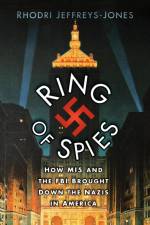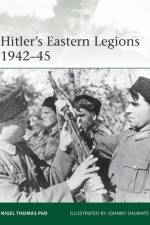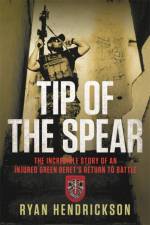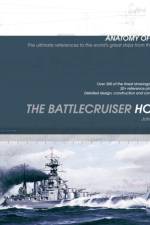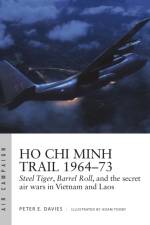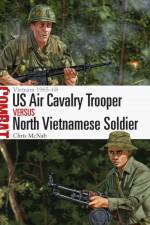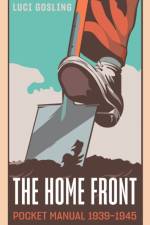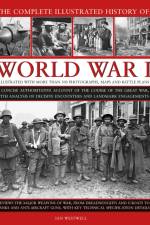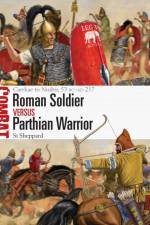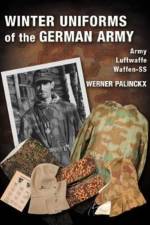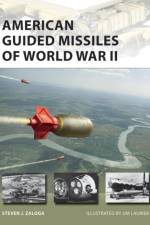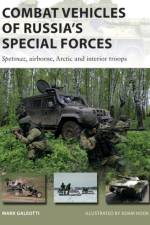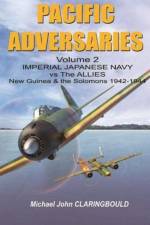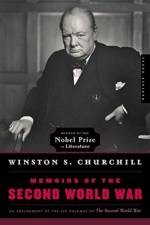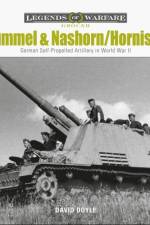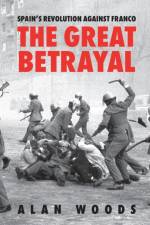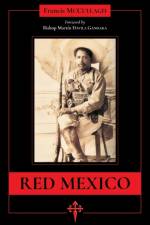- An Encyclopedia of World War II Films Volume 2
av Douglas Brode
465,-
FROM HELL TO HOLLYWOOD: An Encyclopedia of Warld War II Films offers the most comprehensive illustrated guide ever assembled for theatrical motion-pictures, English-language and international, dealing with the conflict that consumed America and the globe during the mid-20th century. Though United States official involvement did not begin until December, 1941, following the bombing of Pearl Harbor by Japan’s imperial air force, early battles and other precipitous moments, which led to legendary conflicts in Europe and the Pacific, can be traced back through the better part of a decade, many deriving from the unsatisfactory treaties that ended the initial Great War. This book also addresses WWII’s aftermath in America, Asia, and Europe, as varied filmmakers have portrayed that difficult period.In a unique approach to this complex, broad subject, specific films are grouped according to unifying themes that involve varied aspects of ‘The Big Picture.’ These range from training of civilians for a new, updated state-of-the-art armed forces to the impact of warfare on the development of commercial flight, also the unique roles played by spies, People’s Armies, and other misunderstood aspects of the war as writers and directors perceived them then, as well as more recent Revisionist portrayals.Included are hundreds of vivid photos, many never before printed in book form. This work is so immense that it had to be presented in two inter-dependent volumes—a first for Bear Manor Media! This is volume 2 of 2.DOUGLAS BRODE is a screenwriter, novelist, graphic novelist, produced playwright, multi-award winning journalist, and multi-award winning educator. He created and taught the Film Classics program for The Newhouse School of Public Communications at Syracuse University until his retirement. Now Brode concentrates on turning out further books, both fiction and non-fiction. These include Deadlier Than the Male: Femme Fatales in 1960s and 1970s Cinema for Bear Manor Media.


